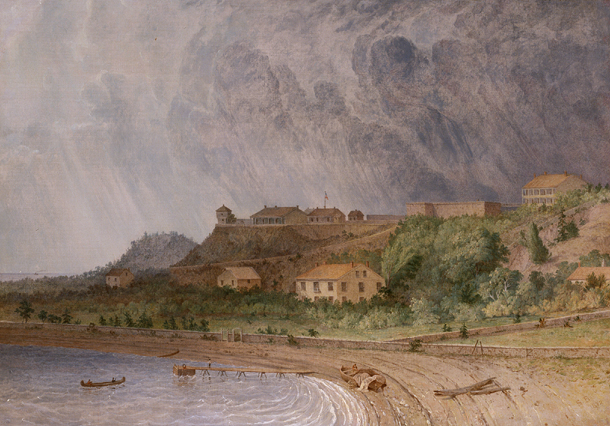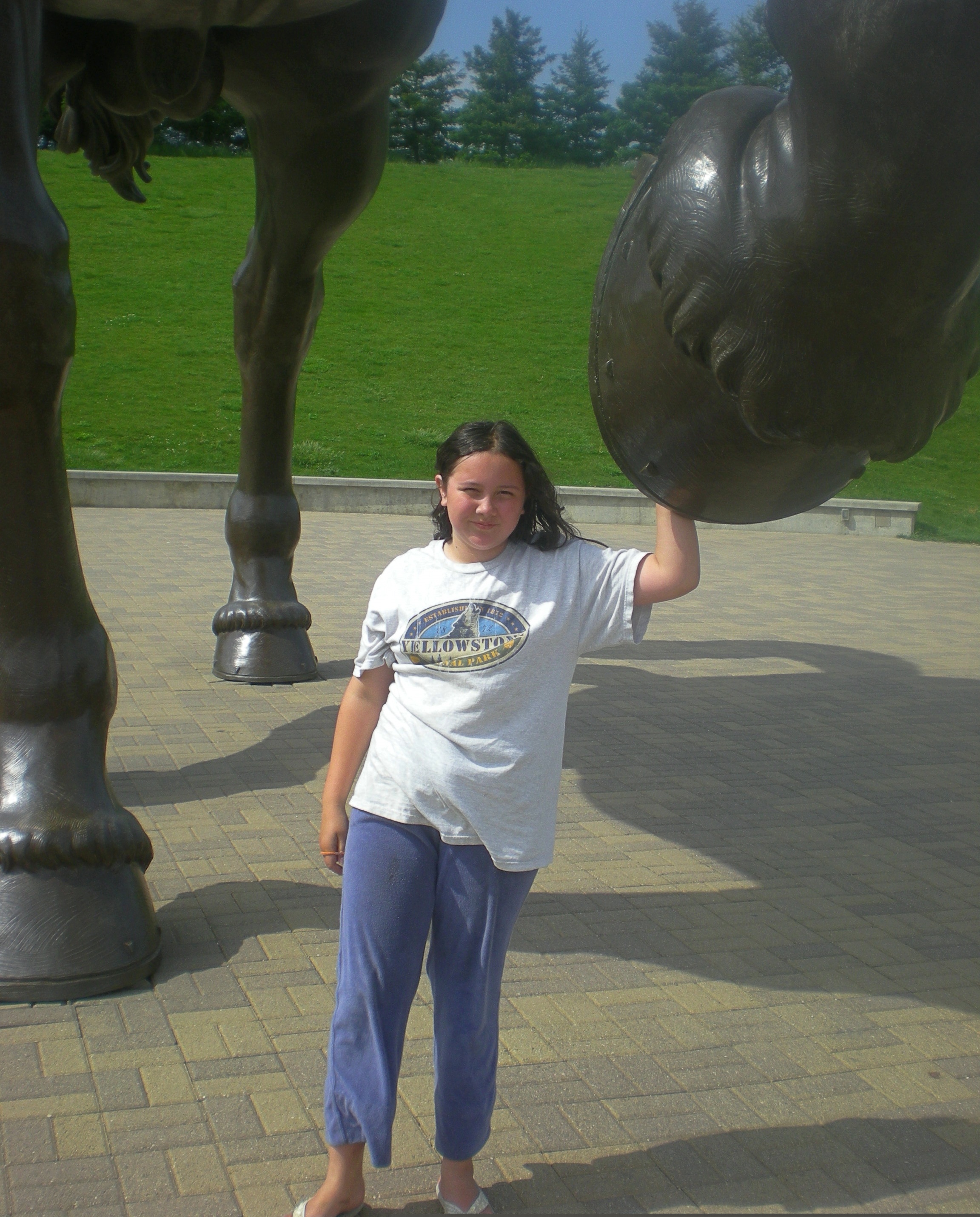After leaving Sault Ste. Marie around noon on August 4, we headed via small roads to Whitefish Point, a cape jutting from the Upper Peninsula into Lake Superior.
First stop en route, Point Iroquois Light, which overlooks the lake as it narrows to drain into St. Marys River. A light has been there since 1856, in response to the increased shipping through the recently opened Soo Locks. The lighthouse and keeper’s house are handsome structures, though the light was under scaffolding. I’ve encountered a fair number of such obstructed sights over the years.
Nice view of Whitefish Bay, too.
We had lunch in Paradise. The UP town of that name, that is. We stopped there for lunch in 2006 and I’d like to say I had a cheeseburger. But the record says otherwise. Back then, I wrote: “I need to say I’ve been to Paradise. Paradise, Mich., that is, which is just south of Whitefish Point. In fact, I ate a whitefish sandwich in Paradise, and it was good, but not paradisiacal.”
I didn’t record the name of the restaurant in ’06, but I will this time, because it’s so much fun: Wheelhouse Diner & Goatlocker Saloon. (The owner(s) must have been in the Navy.) We ate in the back, in the saloon part, which looked pretty much like the rest of the place, with the addition of a bar. I had a whitefish sandwich again, because that’s the thing you do within spitting distance of Lake Superior, at least once or twice. I didn’t regret my choice.
Same as 16 years ago — can it have been that long ago, and still be in the 21st century? — we headed up to Whitefish Point after lunch. The star of the point is Whitefish Point Lighthouse.


The original light was built in 1849 as one of the first ones on Lake Superior and, as the lake’s epithet at this point attests — “Graveyard of the Great Lakes” — it was badly needed.
It’s also a fitting location for the Great Lakes Shipwreck Museum.
The museum doesn’t seem to have changed much since I wrote: “Front and center inside the Great Lakes Shipwreck Museum is the bell from the Edmund Fitzgerald… It’s hard to imagine the violence necessary to sink a ship big enough to carry 26,000 tons of cargo, but there she lies, in two pieces, on the bottom not far from Whitefish Point.
“But it was not an Edmund Fitzgerald museum. Along three walls were other stories of other wrecks, most costing some lives, and most so long ago that there’s no living memory of them — the Comet, Vienna, Myron and Superior City, just to name a few. Among the artifacts from these wrecks were the nautical things you’d expect, such as a ship’s wheel, anchor chains, or steam engine gages.”
Like the name plate from the Myron, lost in a November gale in 1919.
“More poignant were bits of flotsam like bottles, dishes, a candelabra and even a bar of soap in its late 19th-century packaging. Some of the museum’s benches were made from wooden planks from wrecked ships, with their name carved in it.”
This time it struck me how many ships sank after collisions with other ships. Radar was a real game-changer, but even so, it couldn’t prevent every wreck.
Such as that of the Edmund Fitzgerald, with all the modern equipment of 1975. The ship’s bell, retrieved from Superior’s ice-water mansion in 1995.
The Big Fitz bell isn’t the only ship’s bell in the collection. Another was from the schooner Niagara, which sank in 1897.
And how does one go looking for such artifacts? At least in the old days? Amazing that divers could do anything at all encased in such bulk.

All these things evoke history and loss, as they should. But I think none of the items are as cool as the museum’s Fresnel lens. Years ago, I wrote:
“Hanging near the ceiling was a second-order Fresnel lens, formerly the bright eye of a lighthouse elsewhere in Michigan but since retired… Meant to magnify light, and representing an important technical advance in the 19th century, a Fresnel lens is also an astonishing piece of glasswork.”
“At first its overall resemblance to a human eye strikes you, but the more you look at it, the more the glassy curves and grooves and nodes emerge into an ensemble of glass pieces, arrayed like soldiers on parade.”
The museum also has a smaller, fourth-order lens.
Before we left, we took a look at the shore, accessed by a boardwalk.


Sobering the think of all the wrecks off in that general direction.



























































































